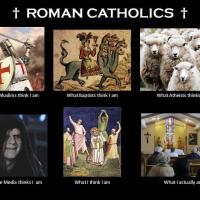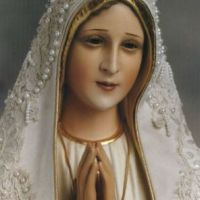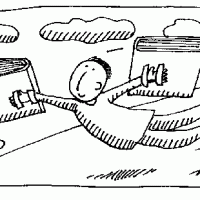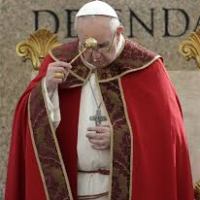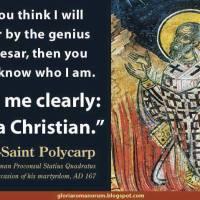In the homily on the feast of the Epiphany, our visiting priest referred to the poem below by T.S. Lewis. I had never read it before and was keen to get back home to look it up.
Journey of the Magi (T.S.Lewis)
‘A cold coming we had of it,
Just the worst time of the year
For a journey, and such a long journey:
The ways deep and the weather sharp,
The very dead of winter.’
And the camels galled, sore-footed, refractory,
Lying down in the melting snow.
There were times we regretted
The summer palaces on slopes, the terraces,
And the silken girls bringing sherbet.
Then the camel men cursing and grumbling
And running away, and wanting their liquor and women,
And the night-fires going out, and the lack of shelters,
And the cities hostile and the towns unfriendly
And the villages dirty and charging high prices:
A hard time we had of it.
At the end we preferred to travel all night,
Sleeping in snatches,
With the voices singing in our ears, saying
That this was all folly.
Then at dawn we came down to a temperate valley,
Wet, below the snow line, smelling of vegetation;
With a running stream and a water-mill beating the darkness,
And three trees on the low sky,
And an old white horse galloped away in the meadow.
Then we came to a tavern with vine-leaves over the lintel,
Six hands at an open door dicing for pieces of silver,
And feet kicking the empty wine-skins,
But there was no information, and so we continued
And arrived at evening, not a moment too soon
Finding the place;
it was (you may say) satisfactory.
All this was a long time ago, I remember,
And I would do it again, but set down
This set down,
This: were we led all that way for Birth or Death? There was a Birth, certainly,
We had evidence and no doubt.
I had seen birth and death,
But had thought they were different; this Birth was Hard and bitter agony for us, like Death, our death.
We returned to our places, these Kingdoms,
But no longer at ease here, in the old dispensation,
With an alien people clutching their gods.
I should be glad of another death.

The homily brought to mind the equation between the difficult and sometimes treacherous physical journey the Magi undertook to get to where The Star was guiding them, and my Journey as a Christian that is sometimes just as challenging emotionally.
The Magi ‘died’ and were ‘reborn’ in their knowledge of the Truth they witnessed in the Christ Child. This in turn changed their view of the once familiar kingdoms they visited where they met ‘alien’ peoples – those who worshipped ‘alien’ gods, gods that they may have worshipped themselves prior to their Journey to Bethlehem, before they met the One True God, Jesus Christ.
The Magi were changed by their experience of meeting Jesus, just as our souls are changed when we are Baptised and when later still, every time we meet Christ in Holy Communion.
This story brought to mind the thousands of Christians who have lived and died before me who too, have walked this Path and who are now at their Journey’s End. They are at Rest.
























